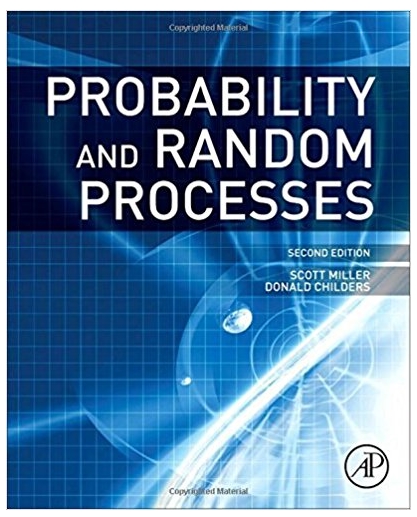Question
The table below is from a study by Baldwin and colleagues (2006) that examined the associations among feelings of shame, guilt, and self-efficacy in college
The table below is from a study by Baldwin and colleagues (2006) that examined the associations among feelings of shame, guilt, and self-efficacy in college students. Self-efficacy, which refers to people's beliefs about their ability to be successful at things they try to do, has been assessed with a series of questions measuring general self-efficacy (overall competence in a variety of situations), social self-efficacy (competence at interpersonal relations) and total self-efficacy (the sum of these two scores). Use the correlations in this table to answer the questions on the next page. (Remember that the numbers across the top of the table indicate the same variables as the matching numbers along the lefthand column; 1=shame, 2=guilt, etc.).
a. What is the correlation between shame and guilt? Is the correlation statistically significant? As shame increases, do guilt scores increase, decrease, or is there no consistent pattern (i.e., the correlation is not statistically significant)?
b. What are the correlations between shame and the three self-efficacy measures? Is shame significantly correlated with the three self-efficacy measures? As shame increases, do self-efficacy scores increase, decrease, or is there no consistent pattern (i.e., the correlations are not statistically significant)?
c. What are the correlations between guilt and the three self-efficacy measures? Is guilt significantly correlated with the three self-efficacy measures? As guilt increases, do self-efficacy scores increase, decrease, or is there no consistent pattern (i.e., the correlations are not statistically significant)?

Step by Step Solution
There are 3 Steps involved in it
Step: 1

Get Instant Access to Expert-Tailored Solutions
See step-by-step solutions with expert insights and AI powered tools for academic success
Step: 2

Step: 3

Ace Your Homework with AI
Get the answers you need in no time with our AI-driven, step-by-step assistance
Get Started


